Wood provides a raw, natural beauty that augments the allure and elegance of a bladed weapon. At Angel Sword, we use a variety of exotic hardwoods whose natural glamour shines through without need for stains or other chemical treatments. While any exotic hardwood piece may catch our master woodworker’s eye, we have 13 natural species that tend to be our favorites.
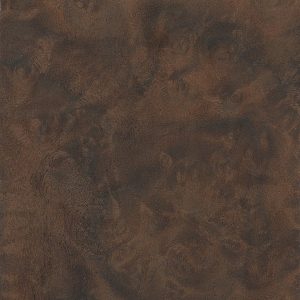
Black Walnut
Juglans nigra
Black walnut trees can be found throughout the eastern United States. Its color ranges from a pale brown to chocolate brown with darker brown streaks. The grain is usually straight but is often found with burls and other irregularities.
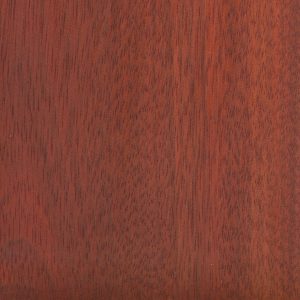
Bloodwood
Brosimum rubescens
Bloodwood trees can be found in tropical South America. Its heartwood has a bright, vivid red which darkens to a brownish red over time when exposed to sunlight. The grain is usually straight or slightly interlocked with a fine texture.
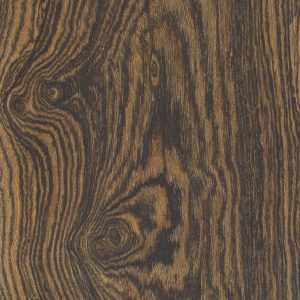
Bocote
Cordia spp.
Bocote trees can be found in Mexico and Central America. Its heartwood has a yellowish brown body with dramatic dark brown & black stripes. Bocote typically has a striking grain pattern and tends to darken with age.
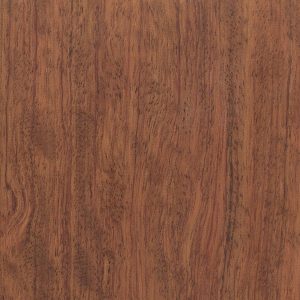
Bubinga
Guibourtia spp.
Bubinga trees can be found along the equator in Africa. Its heartwood ranges from a pinkish red to reddish brown and has darker purple or black streaks. It has a close resemblance to rosewood but is often marked by more stunning grain figures.
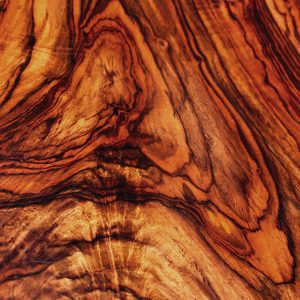
Cocobolo
Dalbergia retusa
Cocobolo trees can be found throughout Central America. It has a broad range of heartwood colors that include yellow, orange, red, and shades of brown with streaks of purple and black. Like many other exotic hardwoods, Cocobolo tends to darken with age.
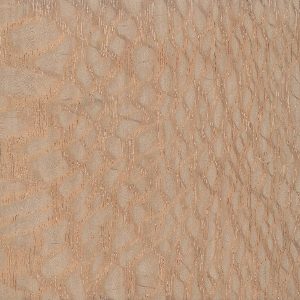
Lacewood
Panopsis spp.
Lacewood trees can be found in tropical South America. The heartwood is a reddish brown with grey or light brown rays that result in the flecking pattern that derives its namesake. Lacewood grain is usually straight yet it has an uneven texture due to the different densities of the rays.
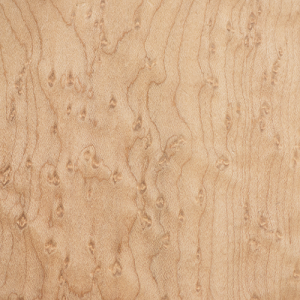
Maple
Acer saccharum
Maple trees are found throughout eastern and northeastern North America. The color ranges from nearly white to a cream color with occasional red or golden hues. One of the more beautiful anomalies produces tiny knots in the grain that is often referred to as birdseye maple.
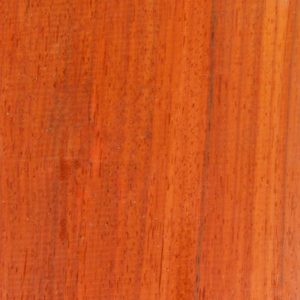
Padauk
Pterocarpus soyauxii
Padauk trees flourish in central and tropical west Africa. The heartwood color darkens over time and varies from pinkish orange to deep brownish red. It is best known for its reddish orange coloration and is sometimes referred to as Vermillion.
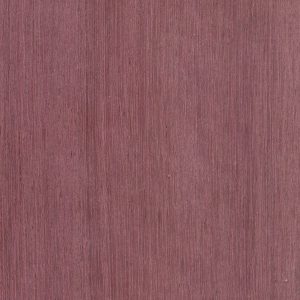
Purpleheart
Peltogyne spp.
Purpleheart trees are native to Central America and can be found as far north as Mexico and as far south as Brazil. Its heartwood ranges from a purplish brown to a deep eggplant purple. The wood darkens with age and exposure to sunlight or heat.
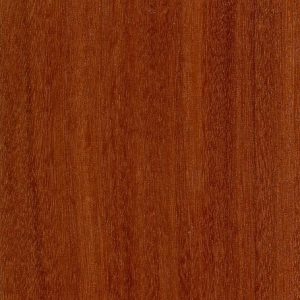
Santos Mahogany
Myroxylon balsamum
Santos Mahogany, or Cabreuva, hails from Central America and South America. While fresh-cut Santos Mahogany has a broad color variation, once aged the color tends to turn more red/purple. It tends to be denser, harder, and stronger than true Mahogany.
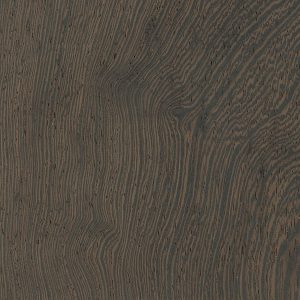
Wenge
Millettia laurentii
Wenge trees are found throughout Central Africa. Its heartwood is a medium brown with dark, nearly black streaks. Wenge tends to have the least natural luster among the exotic hardwoods we use and is often a favorite for darkened blades.
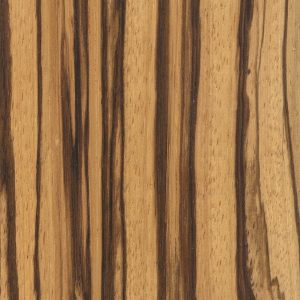
Zebrawood
Microberlinia brazzavillensis
Zebrawood is common to West Africa. Its heartwood is a light brown or cream color with dark, blackish brown streaks that resemble a zebra’s stripes.
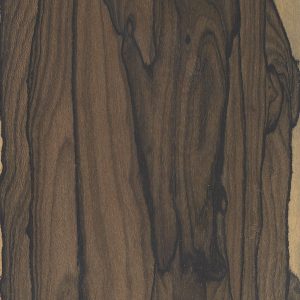
Ziricote
Cordia dodecandra
Ziricote can be found throughout Mexico and Central America. Its color ranges from medium to dark brown and is often found with green or purple hues. Its grain appearance is sometimes referred to as “spider-webbing”.
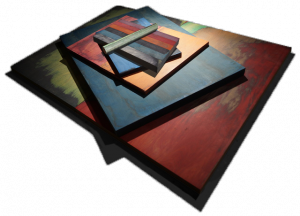
WebbWood™
WebbWood™ is an engineered wood/plastic composite constructed from dyed hardwood veneers that are processed to replace moisture with phenolic resin. Its strength and durability exceeds any natural hardwood, and can thus be used in the most demanding of weapons.

